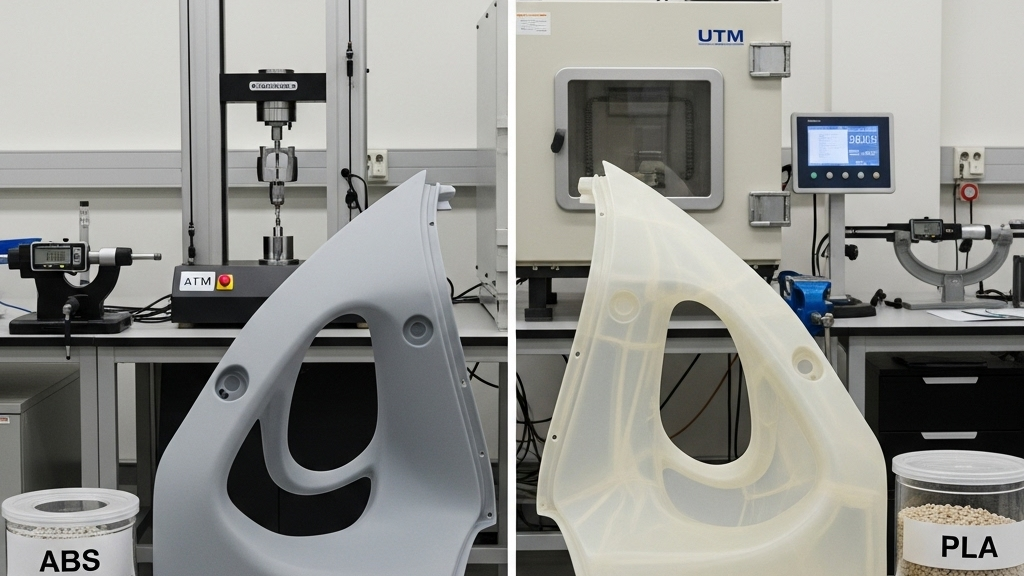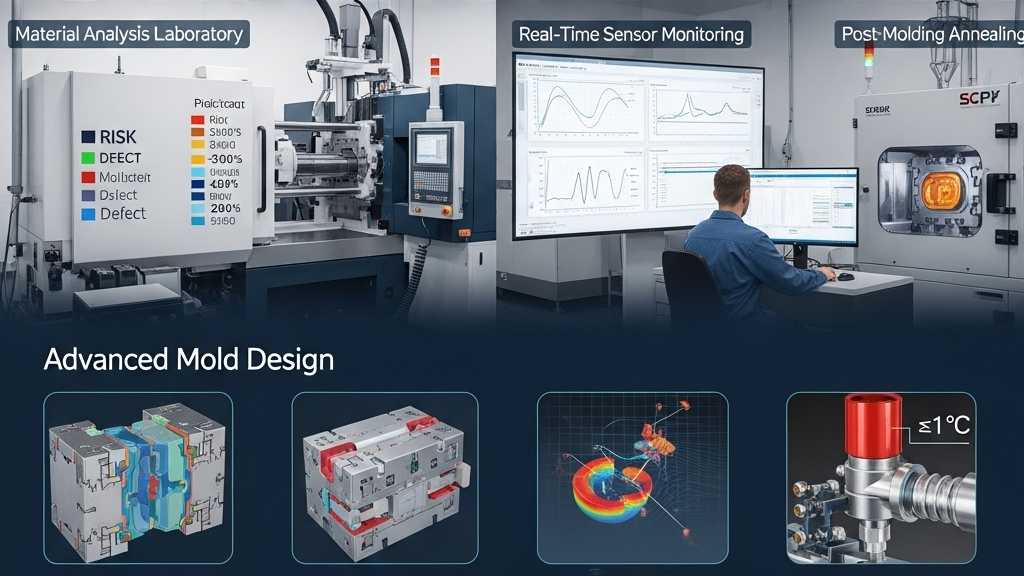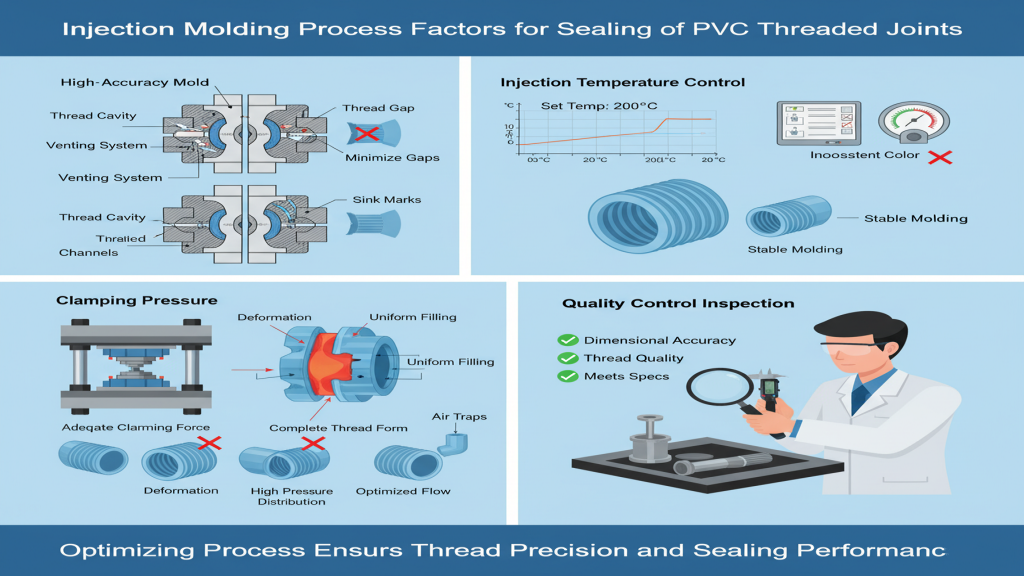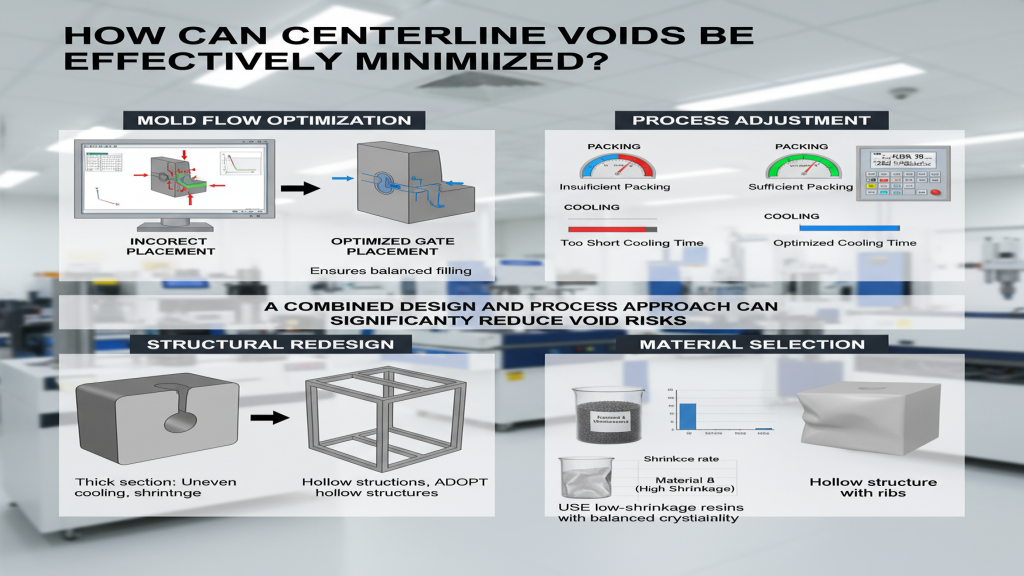
Plastic deformation significantly alters the microstructure of materials, thereby affecting their macroscopic properties. However, excessive deformation can lead to performance degradation, such as the formation of cracks.
Therefore, understanding the deformation mechanisms and controlling the deformation process is crucial. In the following sections, we will explore how to optimize plastic deformation processes to regulate and enhance material performance.
How Does Plastic Deformation Alter the Microstructure of Materials?
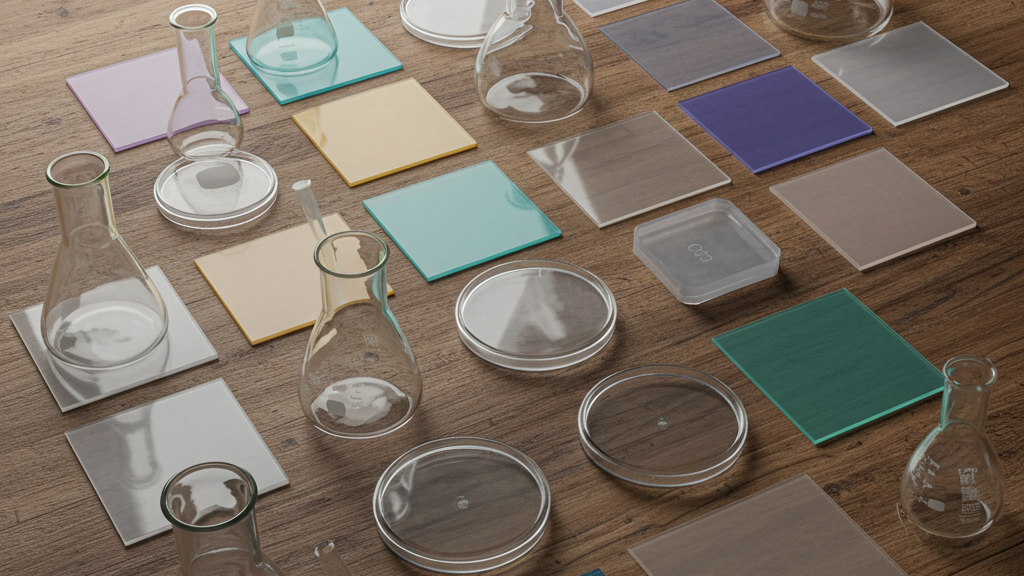
The macroscopic deformation of materials originates from intricate changes at the microscopic level. Plastic deformation is precisely such a process, reshaping the internal organization of materials at the atomic and crystalline scales, thereby influencing their external behavior.
- Dislocation Generation and Motion: Plastic deformation causes permanent changes in atomic arrangement through the sliding of dislocations.
- Grain Boundary Alterations: Plastic deformation induces grain boundary migration and grain reconstruction, affecting the material's strength and plasticity.
- Phase Transformation:In certain materials, plastic deformation can trigger changes in crystalline structure, altering hardness and performance.
- Texture Formation: Plastic deformation changes the orientation of grains, forming textures that lead to anisotropic material properties.
How Does Plastic Deformation Affect the Mechanical Properties of Materials?
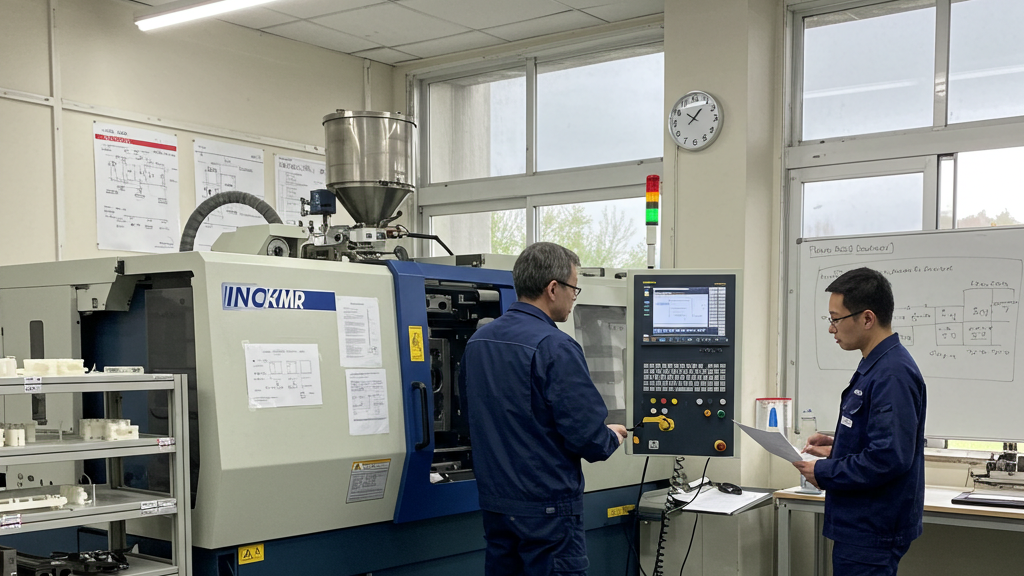
Plastic deformation acts like a master sculptor, shaping the mechanical properties within materials—sometimes making them as tough as steel, other times as flexible as water. Every deformation leaves a profound imprint.
- Increase in Strength and Hardness: Plastic deformation significantly enhances material strength and hardness by increasing dislocation density.
- Reduction in Ductility: As plastic deformation progresses, the material's ductility and toughness gradually decrease, potentially leading to embrittlement.
- Generation of Residual Stress: Non-uniform plastic deformation induces residual stress within the material, affecting fatigue strength and stability.
- Influence of Texture: Plastic deformation causes changes in grain orientation, forming textures that result in anisotropic mechanical properties.
How Else Does Plastic Deformation Affect the Physical and Chemical Properties of Materials?

Plastic deformation is not merely a change in material morphology but also a profound reshaping of its intrinsic physical and chemical attributes. From conductivity to corrosion resistance, each deformation may trigger subtle or dramatic changes in material properties.
- Electrical and Thermal Conductivity: Plastic deformation increases defects, hindering the movement of electrons and phonons, thereby reducing electrical and thermal conductivity.
- Magnetic Properties: Plastic deformation alters magnetic domain structures, affecting properties such as magnetic permeability and hysteresis loops.
- Corrosion Resistance: Plastic deformation introduces residual stress and microcracks, altering surface activity and impacting corrosion resistance.
- Chemical Reactivity: Plastic deformation increases surface defects, raising surface energy and enhancing chemical reactivity.
Summary of plastic deformation effects of materials
| Plastic Deformation Effect | Microstructural Impact | Mechanical Property Impact | Physical/Chemical Property Impact | Common Applications |
|---|---|---|---|---|
| Dislocation Generation and Motion | Increased dislocation density, altered crystal structure | Increased strength and hardness, decreased ductility | Decreased electrical and thermal conductivity | Metal cold working, such as cold rolling, cold drawing |
| Grain Boundary Changes | Altered grain size and shape, grain boundary migration | Varied strength and ductility | Varied corrosion resistance | Grain refinement strengthening, enhancing material strength |
| Phase Transformation | Crystal structure transformation | Significantly altered hardness and strength | Varied magnetic properties | Martensitic transformation, increasing steel hardness |
| Texture Formation | Altered grain orientation | Anisotropic mechanical properties | Some magnetic property variations | Rolled sheets, enhancing strength in specific directions |
Utilizing and Controlling Plastic Deformation for Performance Optimization and Engineering Applications
By precisely regulating the plastic deformation process, the mechanical, physical, and chemical properties of materials can be significantly enhanced to meet the demands of various engineering fields.
1.Optimization of Plastic Deformation Processing:By controlling deformation parameters and adopting advanced techniques, the microstructure of materials can be finely tuned to optimize their mechanical properties.
2.Plastic Deformation-Induced Phase Transformation: Utilizing plastic deformation to induce phase transformations within the material can significantly alter its strength, ductility, and functional characteristics.
3.Control of Residual Stress Through Plastic Deformation: Introducing or releasing residual stress can improve the material's fatigue strength, corrosion resistance, and dimensional stability.
4.Texture Regulation via Plastic Deformation: Controlling grain orientation enables the material to achieve superior properties in specific directions, fulfilling unique engineering requirements.
Conclusion
Controlling plastic deformation is a critical research direction in the field of materials science and engineering. With the continuous advancement of innovative plastic deformation technologies, it will become possible to precisely regulate the microstructure and properties of materials, offering high-performance and highly reliable materials for diverse engineering applications.
For expert assistance in implementing for your production needs, visit our resource center or contact us. Let’s help you scale up your manufacturing with precision and efficiency!


